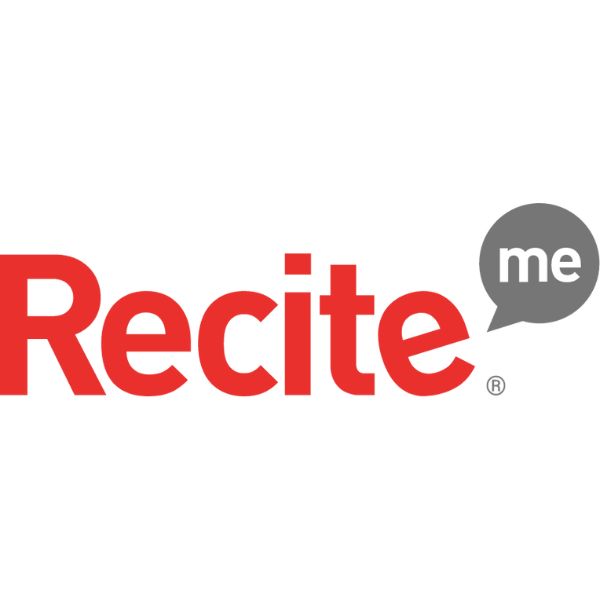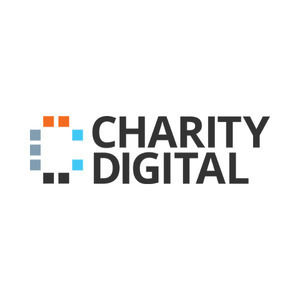Insights
INSIGHTS
All Topics
How to write an accessibility statement
We share the key ingredients of a website accessibility statement to help you welcome everyone to your charity’s website
Click to listen to articleplay_arrow05:10
An accessibility statement shows your users that your charity values people with disabilities visiting its website, and that you are committed to social responsibility and providing equal access to information for all. It supports a positive relationship between the charity and its users while opening up contact with people experiencing accessibility problems, allowing the charity to improve.
All this really can be achieved with a short, simple statement. In this article, we share the five elements you need, with help from Recite Me’s Accessibility and Inclusion Toolkit.
State and demonstrate your commitment
Start with a short statement establishing your charity’s commitment to accessibility for people with disabilities. This introduces the information in your accessibility statement through the charity’s genuine intention to include everybody, regardless of age or disability.
Then, outline the measures the charity is currently taking to support accessibility, including assistive tools and functionality offered within the website.
Note the website’s level of compliance
To find out your website’s level of accessibility compliance, test it against the most recent Web Content Accessibility Guidelines (WCAG). By using the guidelines, you can identify which level of accessibility compliance your website currently meets:
-
Level A: The most basic level of accessibility which is likely achievable without changing the website design or structure. Criteria for Level A of WCAG 2.2 include captions for all prerecorded content and the ability to control certain automatic audio content on the website
-
Level AA: A legal requirement for some websites. Criteria for Level AA of WCAG 2.2 include audio description for all prerecorded video content and providing suggestions to users when there is an input error
-
Level AAA: The highest, most comprehensive standard of accessibility compliance. Criteria for Level AAA of WCAG 2.2 include images of text being used only for pure decoration or when essential, and the website not containing anything that flashes more than three times in any one second period
Knowing the level of accessibility is a valuable way to benchmark your website, understanding how usable it is to all visitors, and identifying strengths and weaknesses. Including your website’s level of compliance shows that you have taken a thorough, methodical approach to test your accessibility and are aware of improvements needed.
A note of caution: while the accessibility statement should include the short technical statement regarding the level of compliance, ensure that all other language is simple and easy for your users to understand.
Acknowledge known limitations and how you plan to improve
It is likely that your charity’s website has accessibility limitations: 2024 research by WebAim found that less than 1% of all homepages on the internet are likely to meet accessibility standards.
Be transparent with your users by outlining the known limitations of your website’s accessibility. This acknowledges the features that don’t work as they should, taking responsibility for the frustrations of those less able to use your website as a result.
Then, outline how you plan to address these problems by stating your web accessibility goals. Publicly stating your goals can help keep your team focused and accountable, while assuring your users that you are committed to accessibility and inclusion. It shows that you don’t plan to stagnate and that you wish to make the website usable for as many people as possible. And a final, crucial point: make sure to put your plans into action.
Provide contact information
Providing contact information is important for users to report accessibility difficulties with your website, while it gives you the opportunity to understand and address those specific accessibility pitfalls as you improve.
To maximise access, remember to give a variety of options for contacting the charity, for example through email, over the phone, through an online form or chat service. If using the latter two options, ensure they are accessible.
Make the statement easy to find and use
When you have finished writing, ensure that the statement is placed in obvious, easy-to-find locations throughout your website. Recite Me suggests locating it in the footer of every page, alongside your privacy policy, terms of service, and other key links. Other prominent places you can include the statement are the help menu, sitemap, and about page.
You can also make the statement easy to find by giving the page a clear and relevant title, such as ‘Accessibility Statement’. When creating the page on your website, ensure the statement is in an accessible format so it is easy for all visitors to use.
Read the Accessibility and Inclusion Toolkit
Click above to drive inclusive online experiences for your customers and staff
Josie Sparling
More on this topic
Recommended Products
Recommended Products
Our Events
Charity Digital Academy
Our courses aim, in just three hours, to enhance soft skills and hard skills, boost your knowledge of finance and artificial intelligence, and supercharge your digital capabilities. Check out some of the incredible options by clicking here.

















